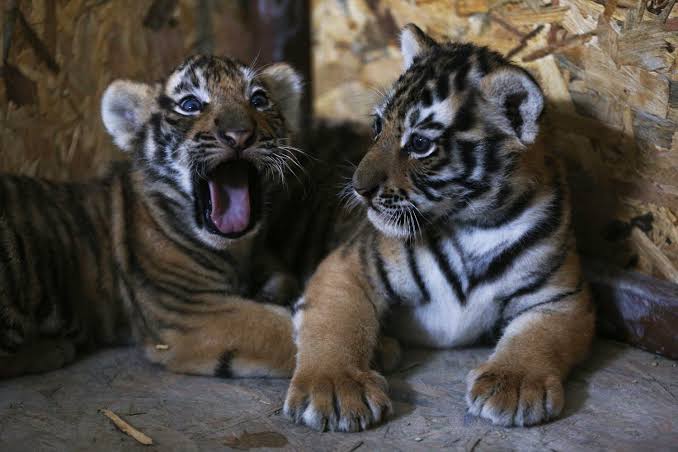International Tiger Day was first celebrated in 2010 after it was found that 97% of all wild tigers had disappeared in the last century, with about only 3,000 of them remaining. It is not news that tigers are on the brink of extinction and International World Tiger Day aims to halt the numbers from worsening. Habitat loss, climate change, hunting, and poaching are only some of the factors that are responsible for the decline in the tiger population. Along with the preservation of these species, the day also aims to protect and expand their habitats. Many international organisations such as the WWF, the IFAW, and the Smithsonian Institute also observe International Tiger Day.
With the loss of habitat and climate change, tigers are increasingly coming into conflict with humans. Poaching and the illegal trade industry is also a very serious threat that wild tigers face. Demand for tiger bone, skin, and other body parts is leading to increased cases of poaching and trafficking. This is resulting in localised extinctions, which has made the revival of the tiger population next to impossible. Another threat that has negatively impacted the tiger population is the loss of habitat. All across the world, we are witnessing a loss of tiger habitats due to access routes, human settlements, timber logging, plantations, and agriculture. In fact, only about 7% of the original tiger habitats are still intact today. Experts also worry that the lack of genetic diversity among tigers can lead to inbreeding in small populations. The ever-increasing habitat loss means that the conflicts between tigers and humans are on the rise. Tigers may wander into the human population which is worrying for people as well as these majestic cats.

















